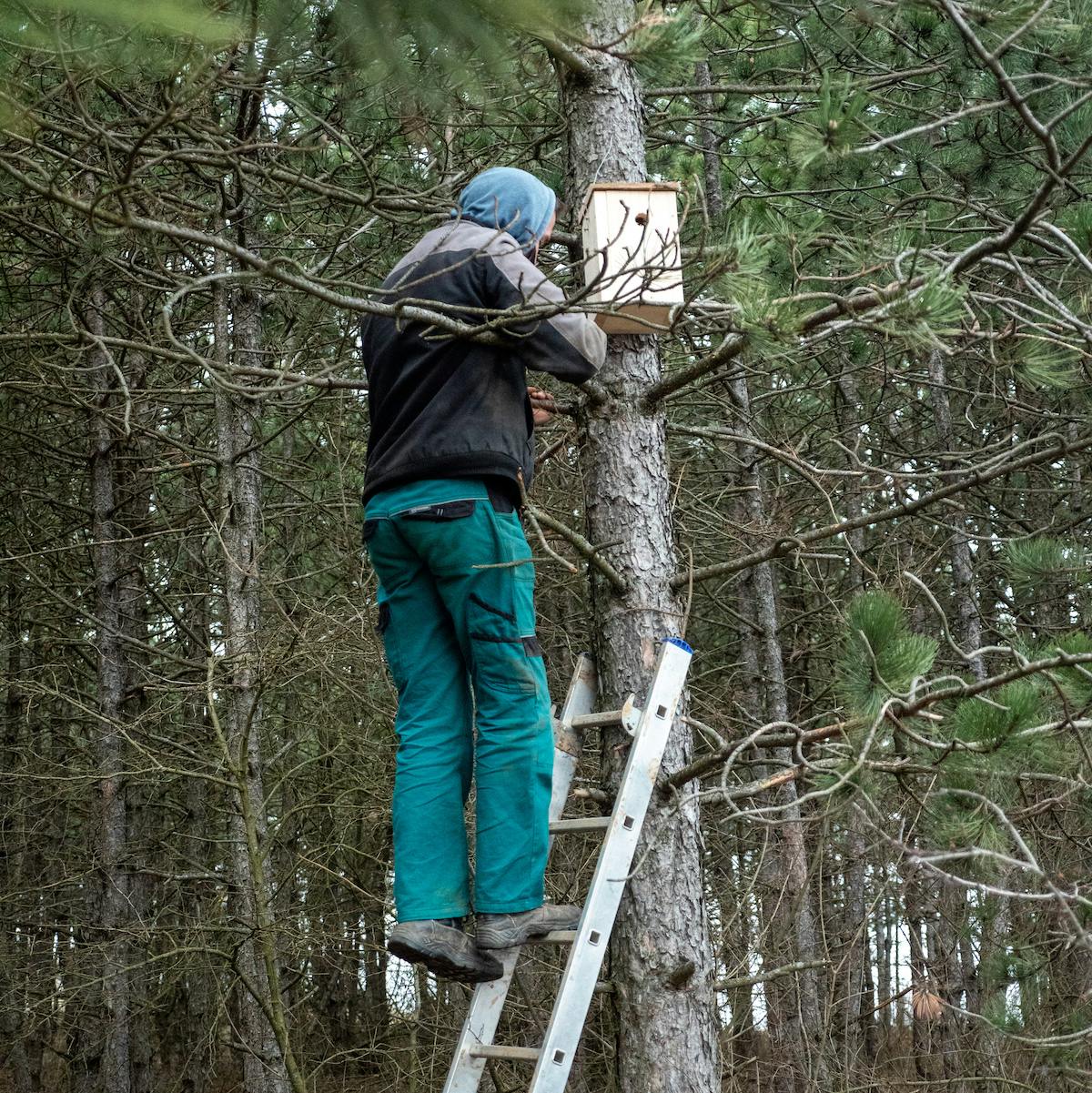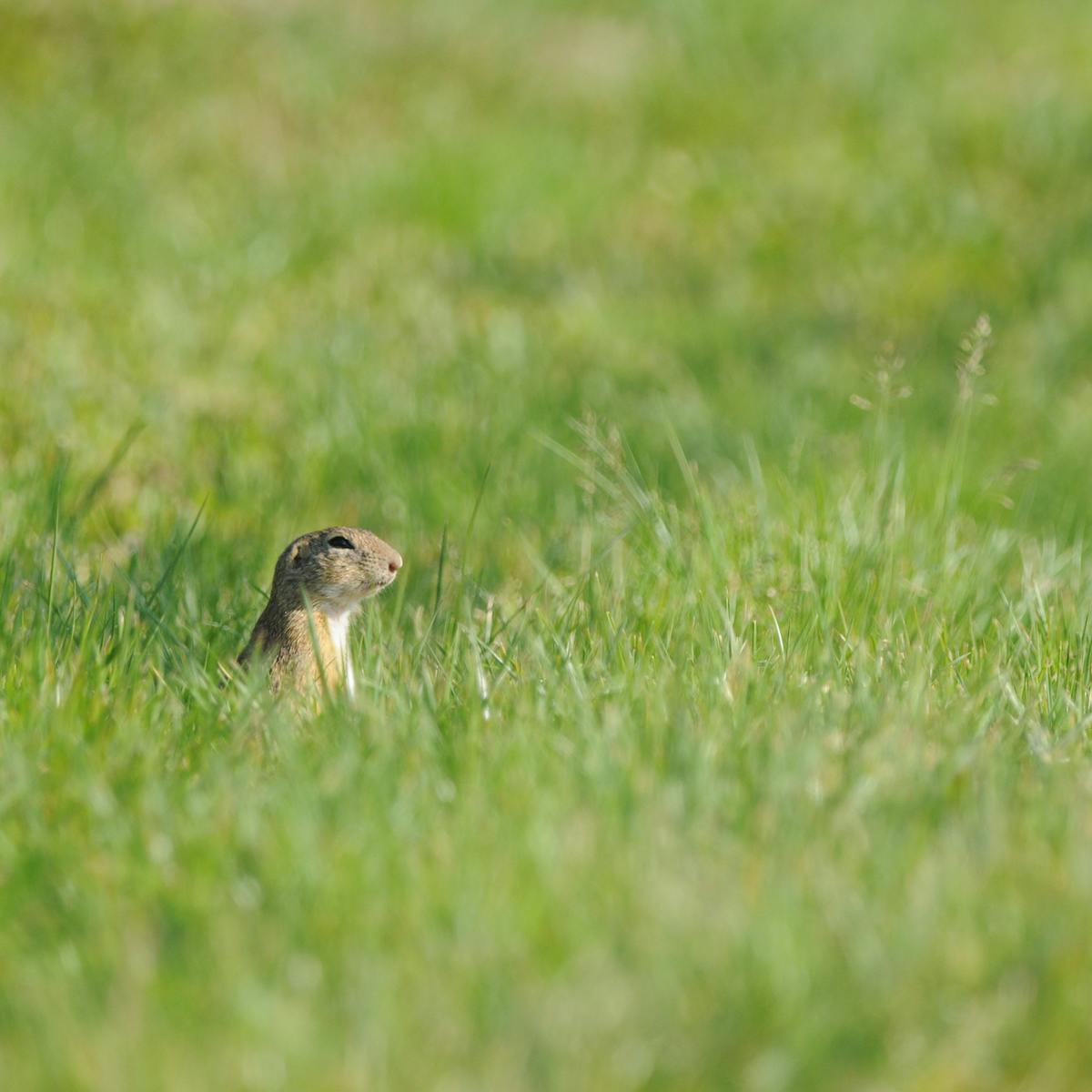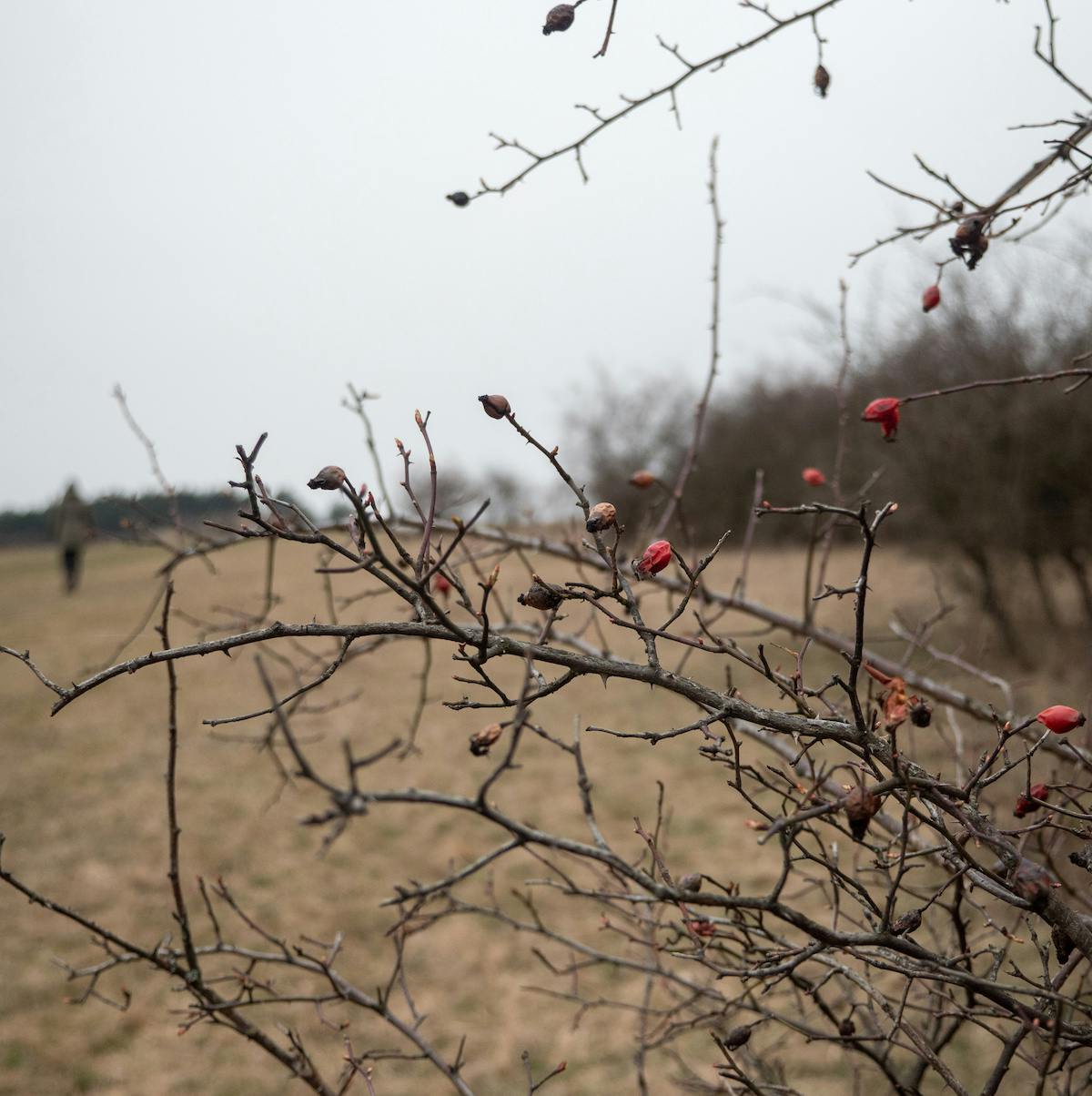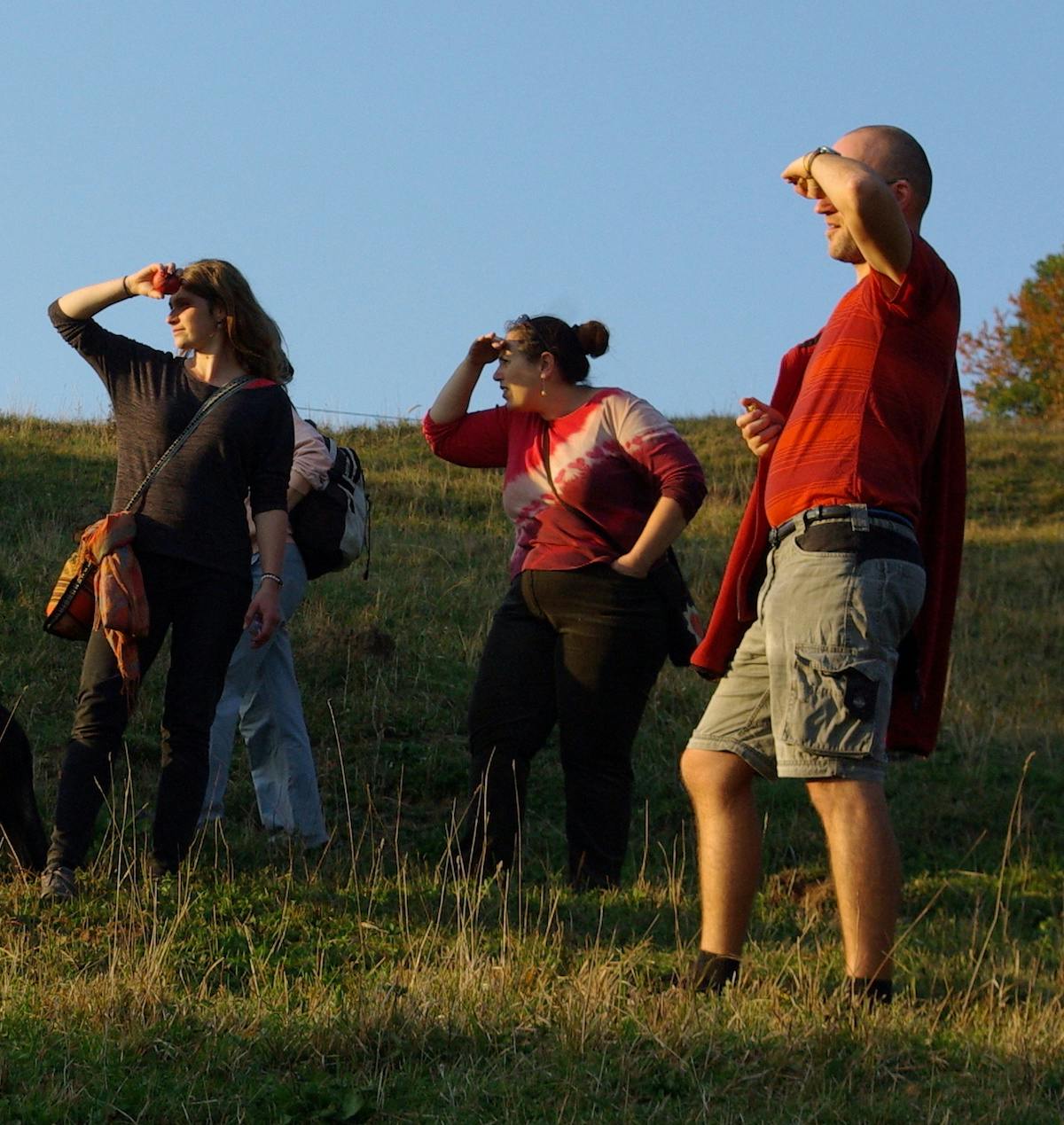- Budget spent: £4,434
- Status: Implemented
The European ground squirrel (Spermophilus citellus) is a burrowing species of squirrel endemic to parts of central and eastern Europe. Due to the widespread destruction and degradation of Europe’s grassland habitats for agriculture, the European ground squirrel has declined across its range and is now classified as endangered on the IUCN red list. To protect one of the remaining populations of European ground squirrel in Slovakia, the project will restore their degraded habitat by increasing feeding opportunities and reducing natural predation pressure.
Project Timeline
April 2021
Project gets underway with the supplementary feeding of ground squirrels with sunflower seeds and the installation of small mammal and bird nest boxes.
Autumn 2021
50 wild fruit trees are planted.
The Intervention
Ground squirrels hibernate during the winter in underground burrows only emerging in the spring time when the temperatures improve. To give the ground squirrels a little helping hand this spring, we are supporting our partners Broz to supply the ground squirrel colony with 500kg of sunflower seeds. This will help buy time to implement the longer-term solution, the planting of 50 wild fruit trees, including European crab apple and wild pear, to provide a reliable and diverse source of food. To compliment these restoration activities, Broz will also install 50 nest boxes for birds (e.g. great tits, sparrows, wrens) and small mammals (e.g. dormice) to support local populations of these species in an effort to reduce predation pressure on the ground squirrels. The ground squirrels will also benefit from the warning calls of some of these species, such as blue tits, which increases the chances of detecting approaching predators.

Learn More About the Context Behind this Project
Why is this Species Important?
The European ground squirrel is endemic to Europe, which means it’s found nowhere else in the world. It is undoubtedly an important natural element of European grassland ecosystems. It can help to maintain heterogeneity and complexity in grassland ecosystems, creating patches of higher diversity and structural complexity. Reptiles and amphibians, for example, benefit from using old abandoned burrows for shelter. Ground squirrels are also an important prey species for several top predators, including eagles, buzzards, foxes and weasels. Because of these associations, the European ground squirrel can be considered a keystone species of European grassland ecosystems.

Why Do They Need Protecting?
Not long ago the European ground squirrel was a common species across parts of Central and Eastern Europe. In Slovakia, it was considered a pest species as recently as 1960s. Due to drastic changes in land use and agricultural practices, the ground squirrel has since lost much of its natural habitat and is now classified as endangered. Only a few, small isolated populations remain in Slovakia, and many of them are continuing to decline. A significant threat to the species´ survival is now a lack of feeding opportunities as seeds, fruits and insects are increasingly hard to find in their human-dominated landscapes.

Sources & further reading

- “Images sourced from Broz” - Broz
- “Action Plan for the Conservation of the European Ground Squirrel (Spermophilus citellus) in the European Union” - European Commision
the team behind the project

Hannah Kirkland, Conservation Biologist at Mossy Earth

Katarina (centre), Project Manager at Broz